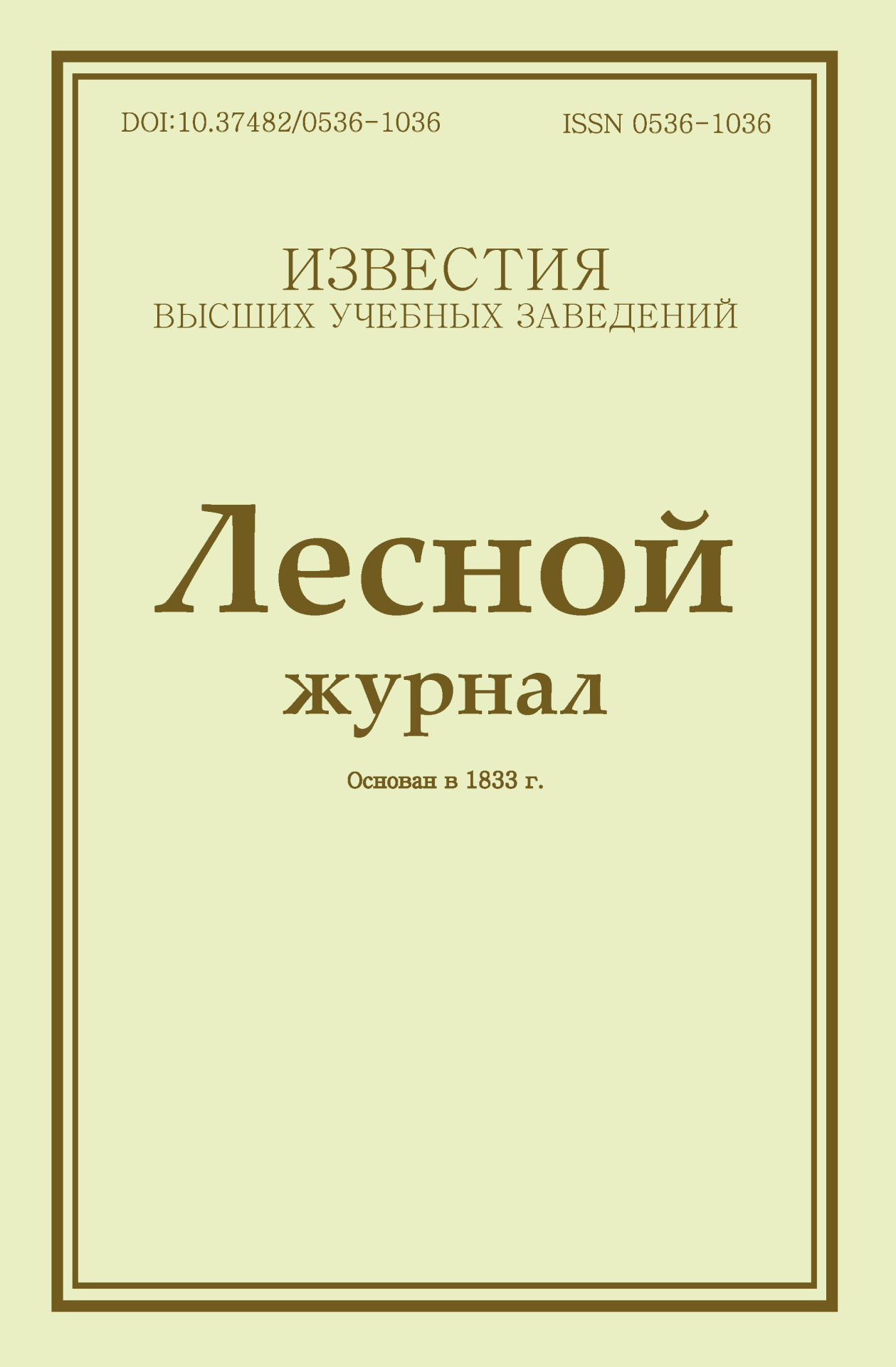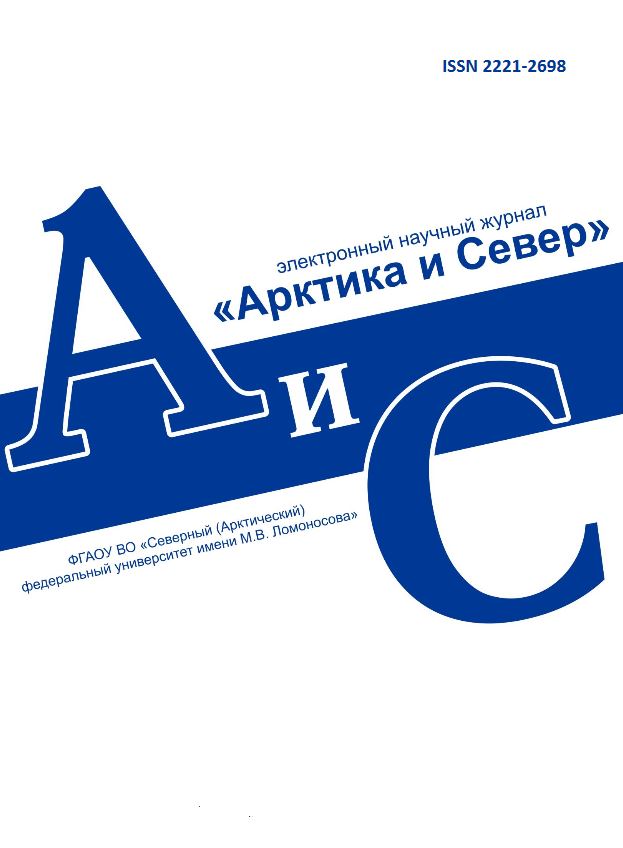Legal and postal addresses of the founder and publisher: Northern (Arctic) Federal University named after M.V. Lomonosov, Naberezhnaya Severnoy Dviny, 17, Arkhangelsk, 163002, Russian Federation Editorial office address: Journal of Medical and Biological Research, 56 ul. Uritskogo, Arkhangelsk Phone: (8182) 21-61-00, ext.18-20
E-mail: vestnik_med@narfu.ru ABOUT JOURNAL
|
Section: Biological sciences Download (pdf, 0.4MB )UDC612.171DOI10.37482/2687-1491-Z192AuthorsLev I. Irzhak* ORCID: https://orcid.org/0000-0003-3459-7848Nadezhda G. Russkikh* ORCID: https://orcid.org/0000-0003-4413-8258 Aleksandra N. Ignatova* ORCID: https://orcid.org/0000-0001-7297-3395 *Pitirim Sorokin Syktyvkar State University (Syktyvkar, Russia) Corresponding author: Lev Irzhak, address: prosp. Oktyabr’skiy 55, Syktyvkar, 167000, Russia; e-mail: irzhak31@mail.ru AbstractThe purpose of this article was to determine the correlations between the electrical and mechanical parameters of the rhythmic activity of the heart (HRA) in humans taking into account age and the effect of functional loads. Materials and methods. The research involved 146 people of both sexes aged between two hours after birth and 92 years, who were examined using functional tests that differed depending on the age of the subjects. Electrocardiogram (ECG) and heart rate (HR) parameters were recorded in the standard lead II using the Poly-Spectrum ECG system (Neurosoft, Ivanovo). Results. Correlations between HRA parameters can be traced from the first hours of post-embryogenesis throughout the rest of a person’s life. The data obtained indicate a dependence of HRA on the age and on the effect of functional tests, as well as confirm the proposition that there is an inverse relationship between HR dynamics and the dynamics of myocardial electrical parameters. ECG recordings at birth indicate that the correlations between ECG and HR are formed as early as in the prenatal period. Their correlations in people aged between 70 and 92 years indicate a strain associated with the wear and tear of the body’s functional systems. HR and ECG parameters are based on the electrical properties of the myocardium, which are significantly affected by the autonomic nervous system (ANS). A linear range of correlations between HR and ECG intervals was compiled. The maximum values of the duration of the PP interval and TP segment correspond to the minimum HR values. With an increase in HR from 40 to 80 beats/min, the duration of the TP segment decreases twoto three-fold. With HR reaching 120 ± 5 beats/min, the duration of the TP segment drops to zero. Since the increase in HR continues further in response to functional tests, it is obvious that at this stage the process is provided only by the neurohumoral components of the ANS. Due to the maximum variability of the duration of the TP segment, its most important role in the organization of HRA is emphasized.Keywordsheart rate, electrocardiography, clinostatic test, Martinet test, PP interval, TP segmentReferences
|
Make a Submission
INDEXED IN:
|
Продолжая просмотр сайта, я соглашаюсь с использованием файлов cookie владельцем сайта в соответствии с Политикой в отношении файлов cookie, в том числе на передачу данных, указанных в Политике, третьим лицам (статистическим службам сети Интернет).




.jpg)

